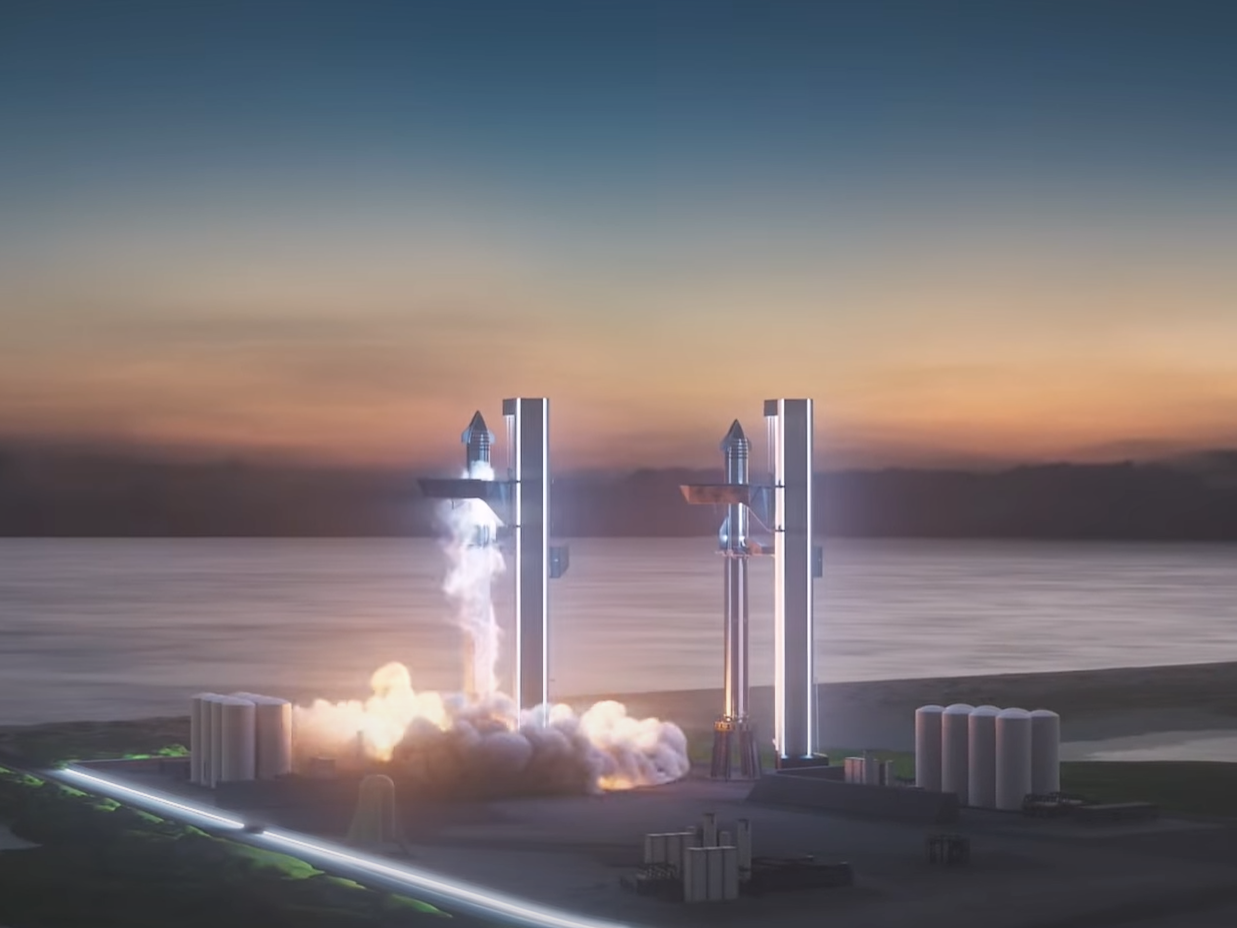Elon’s Ark: Mars-bound Starship could save Earth’s creatures, billionaire claims
SpaceX expected to perform first ever orbital flight test of world’s biggest rocket in the coming months

Your support helps us to tell the story
From reproductive rights to climate change to Big Tech, The Independent is on the ground when the story is developing. Whether it's investigating the financials of Elon Musk's pro-Trump PAC or producing our latest documentary, 'The A Word', which shines a light on the American women fighting for reproductive rights, we know how important it is to parse out the facts from the messaging.
At such a critical moment in US history, we need reporters on the ground. Your donation allows us to keep sending journalists to speak to both sides of the story.
The Independent is trusted by Americans across the entire political spectrum. And unlike many other quality news outlets, we choose not to lock Americans out of our reporting and analysis with paywalls. We believe quality journalism should be available to everyone, paid for by those who can afford it.
Your support makes all the difference.Elon Musk has likened SpaceX’s Mars-bound rocket Starship to Noah’s Ark, capable of saving creatures from extinction if Earth ever becomes unlivable.
The tech billionaire shared an image by Japanese artist Shigeru Komatsuzaki from 1968 titled ‘Space Ark’, which shows pairs of animals filing onto a futuristic spacecraft.
“Starship takes beings of Earth to Mars,” the SpaceX boss tweeted.
SpaceX recently completed a static fire test of Starship’s Booster 7 rocket at the company’s Starbase facility in Texas, having already performed several flight tests of earlier Starship prototypes.
There will likely be at least one more static fire test of the booster before SpaceX attempts the first ever orbital flight of Starship.
If successful, it will be the most powerful rocket to ever fly, overtaking Nasa’s recently launched Space Launch System (SLS) moon rocket.
When all 33 raptor engines are firing, Starship is expected to produce more than 7.25 million kg of thrust – roughly double that of Nasa’s SLS.
SpaceX is yet to announce a launch date for Starship’s orbital flight test, though remaining tests, weather concerns and regulatory approval means it is unlikely to take place before 2023.
The flight will see Starship take off from Starbase before completing a 90-minute journey around the Earth to Hawaii, where it will attempt to land just off the coast of the island of Kauai.
Mr Musk has said that early iterations of Starship will be used to transport people and cargo to the Moon, before eventually setting off for Mars once a Moon base has been constructed.
SpaceX also plans to use the hypersonic craft for terrestrial journeys, having acquired disused oil rigs in order to establish a global network of off-shore launch facilities.
The structures could potentially feature SpaceX’s recently unveiled “catch towers”, which deploy chopstick-like arms to cradle a rocket’s booster back into position for rapid reusability.

Join our commenting forum
Join thought-provoking conversations, follow other Independent readers and see their replies
Comments